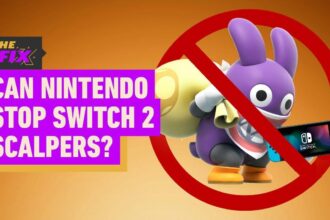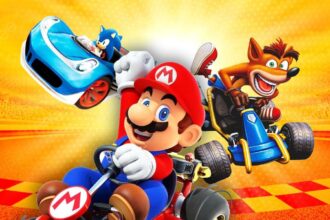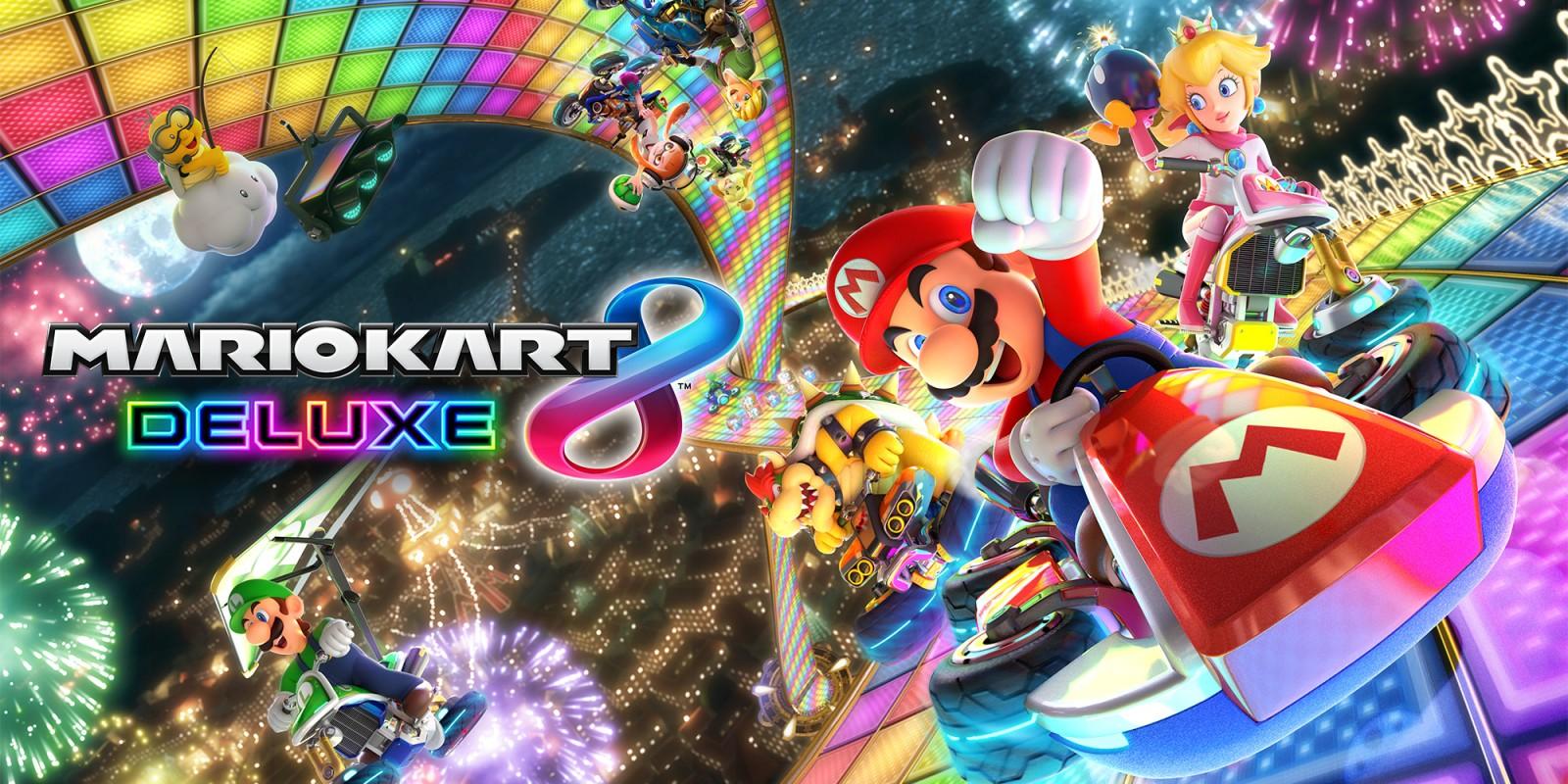In a gaming world where price tags are increasingly becoming a topic of heated debate, a recent statement from a Nintendo executive has sparked relief among fans and curiosity among industry insiders. The subject at hand: the contentious cost of one of gaming’s most beloved franchises, Mario Kart. Following a recent price hike that saw the iconic racing game fetch a whopping $80 in some regions, many feared that this marked a new era of premium pricing for Nintendo’s flagship titles. However, according to a top Nintendo executive, this elevated price point is not the ‘new normal’ – or so it seems. In this article, we’ll delve into the implications of this statement and what it might mean for the gaming landscape at large.
Pricing Strategies of Gaming Giants
Different Approaches to Game Pricing
The world of gaming is a diverse, ever-changing market where game developers and publishers are constantly experimenting to find the perfect balance between profit and player satisfaction. While Nintendo is hesitant to commit to premium prices for its games, other gaming giants have explored this approach with varying degrees of success.
Premium Pricing in the Gaming Industry
- PlayStation’s approach: Sony’s flagship console games often come with a tag of $69.99 or more, especially for exclusive titles like God of War or The Last of Us.
- Microsoft’s strategy: Although not all games are priced equally, some Xbox exclusives, such as Halo Infinite, were initially released at a higher price point before shifting to a free-to-play model for multiplayer.
- Third-party publishers: Companies like Activision Blizzard and Ubisoft often follow a tiered pricing system for special editions, DLCs, or in-game purchases, with some titles priced significantly higher than standard counterparts.
| Game Title | Standard Price | Special Edition Price |
| The Last of Us Part II | $59.99 | $79.99 (Ellie Edition) |
| Call of Duty: Modern Warfare | $59.99 | $99.99 (Operator Enhanced Edition) |
| Halo Infinite | $59.99 | $99.99 (Halo Wars 2 + Halo Infinite Bundle) |
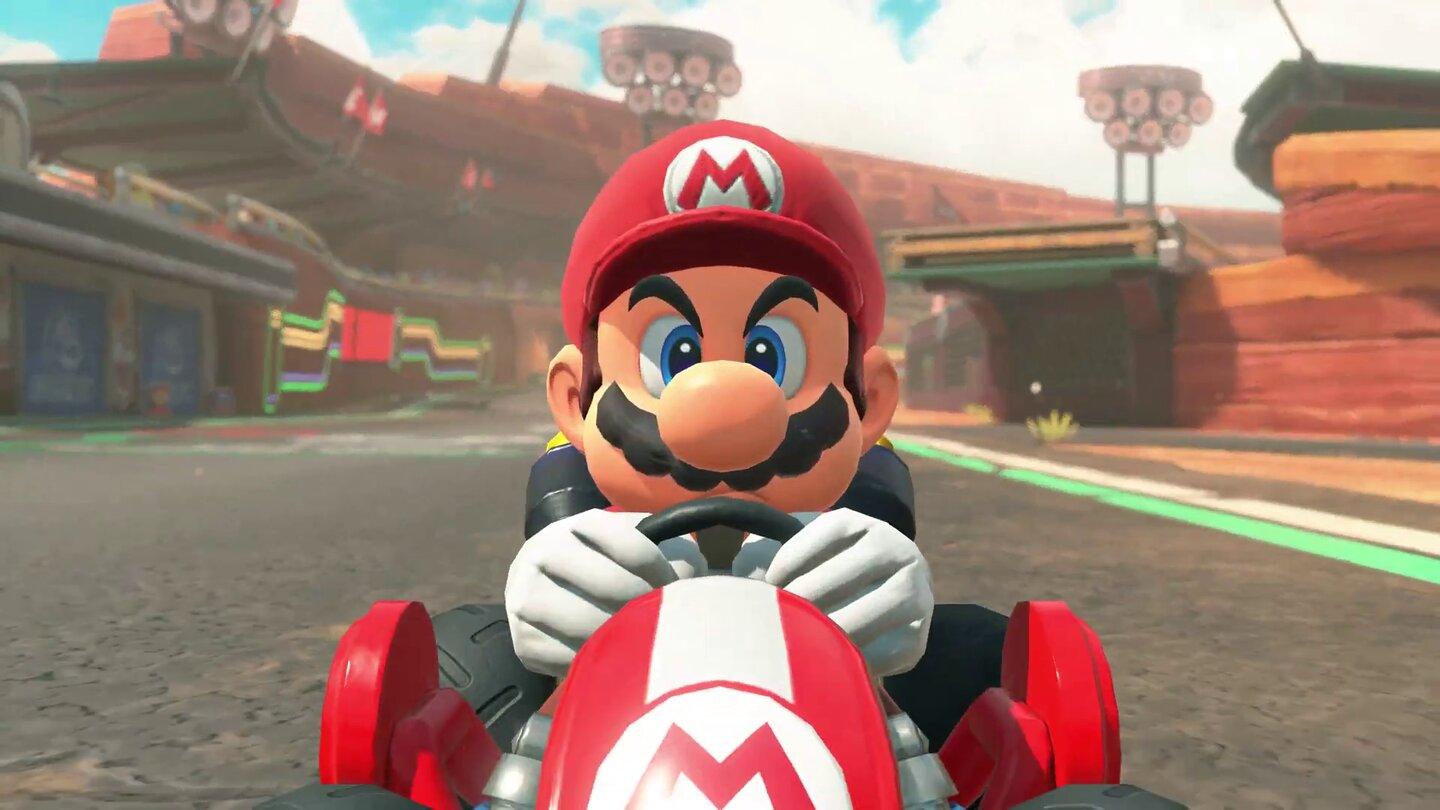
The Nintendo Stance on Mario Kart Pricing
Nintendo’s President, Shuntaro Furukawa, sparked a heated debate when discussing the potential price of future Mario Kart games. In a recent interview, Furukawa stated that the company’s intention behind the high pricing was to value the game at its true worth. However, many fans believe that this move would be a step back for gamers worldwide. The company has witnessed significant success with their titles, often keeping them priced competitively at a lower rate, giving consumers more accessibility.
Furukawa explained that this increased price point doesn’t reflect a change in Nintendo’s overall strategy, assuring that this will not be the future standard for the majority of their games. “We carefully consider a number of factors to determine the prices of our games, including the amount of content, play value, and overall production costs,” a Nintendo spokesperson said in a statement. Furukawa continued, “A recent release is not the new standard, we simply calculated the value of that particular title by analyzing various factors including game’s production cost.”
| Criteria for Pricing | Description |
|---|---|
| Amount of Content | Volume and quality of the in-game material |
| Play Value | The engaging nature of the gameplay |
| Production Cost | Company’s expenses in producing and publishing the game |
Factors that could increase a game’s price
- Long Development Period
- Mainstream Game Franchise
- Technological Innovation
How Pricing Mario Kart Games Impacts Fans Worldwide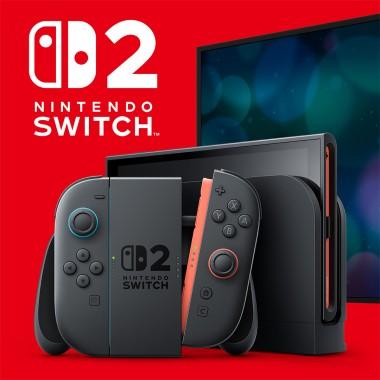
Understanding the Gaming Market Landscape
The gaming industry has undergone significant changes in recent years, with evolving consumer behavior, advancements in technology, and shifting revenue models. The market is becoming increasingly saturated, with numerous titles competing for gamers’ attention. As a result, game developers and publishers are under pressure to differentiate their offerings and create engaging experiences that drive player loyalty and retention.
In terms of market segmentation, the gaming landscape can be broken down into several key categories, including:
- Console gaming: dominated by Sony, Microsoft, and Nintendo, with a focus on exclusive titles and hardware innovation.
- PC gaming: a diverse and rapidly growing segment, with popular platforms like Steam and Epic Games Store.
- Mobile gaming: a massive and lucrative market, with many free-to-play titles generating significant revenue through in-app purchases.
- Cloud gaming: a relatively new and rapidly evolving segment, with Google Stadia and Microsoft xCloud leading the charge.
| Segment | 2020 | 2025 | Growth Rate |
|---|---|---|---|
| Console Gaming | $43.8B | $54.7B | 4.6% |
| PC Gaming | $34.6B | $47.2B | 6.5% |
| Mobile Gaming | $77.2B | $128.5B | 10.5% |
| Cloud Gaming | $1.1B | $8.1B | 51.2% |
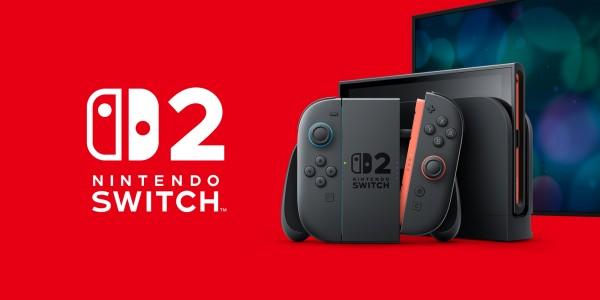
What Constitutes a Fair Price for Gamers
The notion of has become increasingly debated in recent years, with the rise of premium game titles and in-game purchases. While some argue that paying $80 for a game like Mario Kart is justified by its high production value and entertainment hours offered, others believe it is excessive and might push the limits of affordability for many players.
The market is filled with various game pricing models, including:
- AAA titles ($60-$80): High-end games with advanced graphics, complex storylines, and well-known franchises like Super Mario or The Legend of Zelda.
- Mid-tier games ($20-$40): Games offering immersive experiences and unique mechanics but without the large budgets or famous names.
- Indie games ($5-$15): Smaller, lower-budget productions often showcasing creativity and passion.
Comparison Table for New Games Release Prices
| Game Title | Release Date | Release Price (USD) |
|---|---|---|
| Mario Kart | 2022 | $80 |
| The Legend of Zelda: Breath of the Wild | 2017 | $60 |
| Doom Eternal | 2020 | $50 |
The prices listed above do not necessarily include potential bundles, promotions, special editions, or additional costs associated with content updates and downloads. Ultimately, gamers should weigh these factors to decide on their willingness to pay for an engaging and fun gaming experience.
A Look at Previous Pricing Benchmarks
Nintendo’s recent pricing strategies have sparked debates among gamers and industry observers. The company’s history with pricing, however, reveals that it has always walked a fine line between making a profit and keeping its products accessible to the masses. Historically, Nintendo has been more conservative with its pricing, often choosing to maintain a lower price point for its games and consoles compared to its competitors.
- PS3 and Xbox 360 Era (2006-2013): The standard price for most games during this era was $60, with some exceptions like certain collector’s editions.
- PS4 and Xbox One Era (2013-2020): Game prices remained largely the same, with some premium titles and special editions costing upwards of $70.
- PS5 and Xbox Series X Era (2020-present): The industry has seen a shift towards $70 games, with some titles, especially those with extensive online features or AAA development, reaching prices of $80 or more.
| Console | Launch Year | Standard Game Price (launch era) |
|---|---|---|
| Nintendo Switch | 2017 | $60 |
| PlayStation 5 | 2020 | $70 |
| Xbox Series X | 2020 | $70 |
The transition to more expensive games has been gradual, and the industry is still adjusting to the new normal. However, Nintendo’s decision to price some of its titles at $70 or more has raised questions about the future of game pricing.
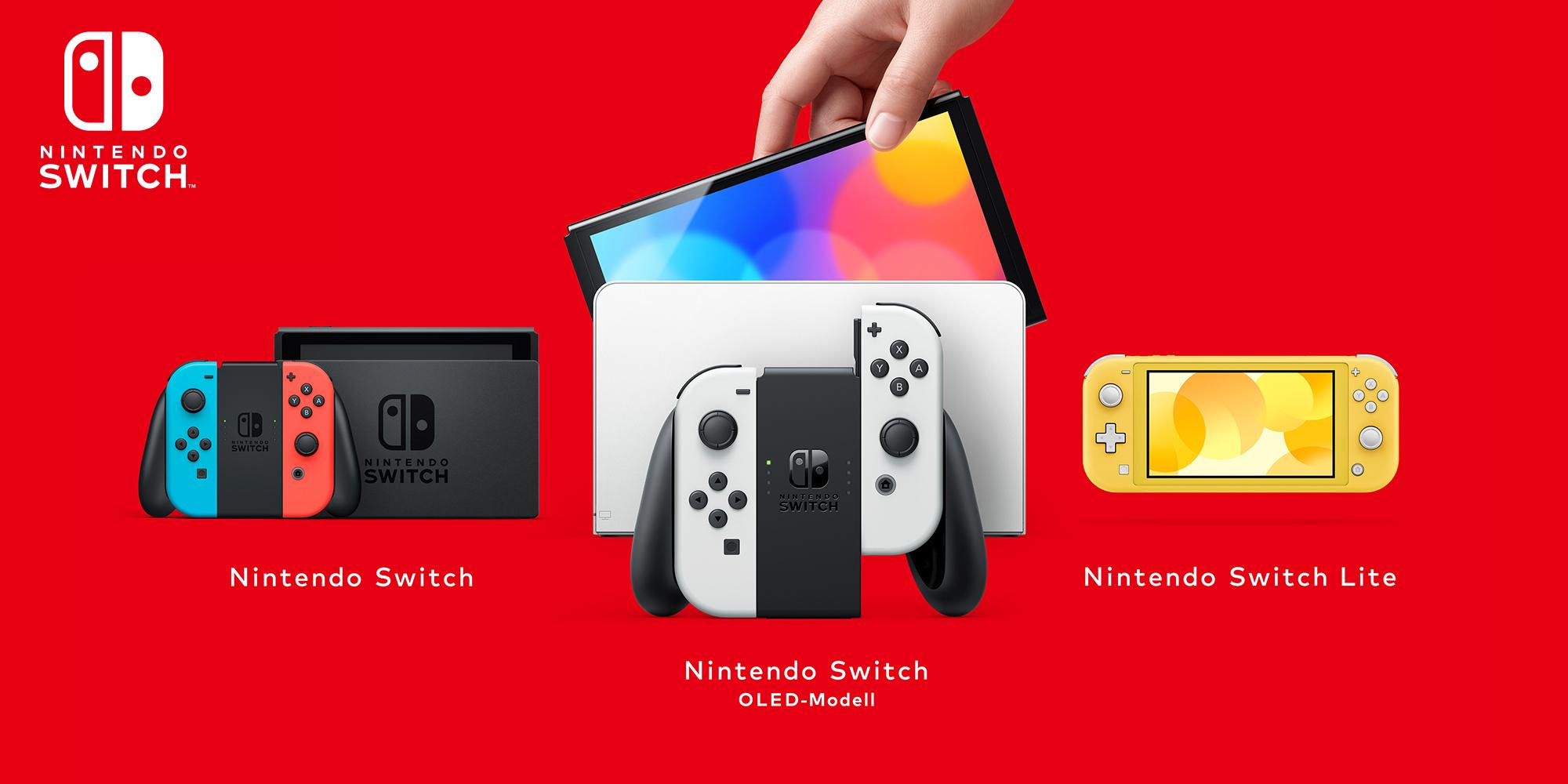
The Importance of Consumer Feedback in Pricing
Understanding the delicate art of pricing in the gaming industry is crucial for a company’s long-term growth. A well-thought-out pricing strategy can either win customers’ hearts or lead to an influx of disappointed feedback. Nintendo, in particular, has been in the spotlight recently for its bold decision to set the price tag for some of its anticipated games, including Mario Kart, to $80.
This opens up an interesting discussion on . As seen in the following examples, incorporating consumer feedback can play a pivotal role in determining the final price of a game.
Examples of the Impact of Consumer Feedback on Pricing:
- Reducing Frustration: Consumer feedback can help game developers and publishers gauge the pulse of the market and avoid setting higher price expectations that can lead to frustration among players.
- Fostering Loyalty: It’s crucial for a company to identify and respond to consumer dissatisfaction with prices. By doing so, companies like Nintendo can foster customer loyalty and uphold a positive brand image.
- Improving Revenue: Companies need to regularly analyze feedback to identify opportunities for price adjustments. For instance, a mid-game price reduction might spark increased sales and higher revenue for publishers.
Benefits of Monitoring and Responding to Consumer Feedback on Pricing:
| Aspect | Benefits |
|---|---|
| Enhancing Customer Experience | Increased customer satisfaction and positive reviews |
| Fine-Tuning Pricing Strategies | Higher conversion rates and sales revenue |
| Bolstering Company Image | Improved brand reputation and greater market competitiveness |
Industry Response to the Nintendo Statement
Many industry experts have weighed in on the statement, with some analyzing the implications of the price point on the market. Not the price of luxury, but the price of value, says Ana Lei, a market analyst. She noted that gamers are willing to pay more for a game they feel has value, pointing to other successful franchises like Call of Duty and Assassin’s Creed.
In a statement, various industry professionals shared their views on the matter:
| Industry Professional | Statement |
| Mark Cohen, Game Developer |
Any price point above $60 could set a new benchmark for AAA games. |
| Sarah Lee, Market Analyst |
The introduction of new business models could be explored, such as subscription-based gaming. |
| James Reed, Esports Competitor |
For players who value the esports experience, paying a premium for the latest titles may not be an issue. |
Some notable reactions from the gaming community include:
- Others are looking at it as an opportunity for new business models to emerge.
- Long-time fans and collectors are divided over the announcement.
- The fate of budget-friendly games could be determined in the coming months.
These statements reflect distinct reactions and perspectives from the gamers, market analysts, and industry professionals alike.
Competitors Pricing Tactics to Watch Out For
When it comes to pricing strategies, competitors are always watching and adapting to the market. Here are some tactics to keep an eye on:
Price anchoring, a common technique used to influence customers’ perceptions of a product’s value. For instance, if a competing game is priced at $99.99, an $80 game may seem like a better deal by comparison.
Price matching, where a competitor matches a lower price offered by another retailer, can also put pressure on pricing strategies.
Bundle deals, offering multiple products or services together at a discounted price, can be another way to sway customers.
Dynamic pricing, where prices adjust in real-time based on demand, can be used to maximize revenue during peak periods.
| Pricing tactic | Description |
| Price fencing | Segmenting customers based on willingness to pay |
| Promotional pricing | Temporarily reducing prices to stimulate sales |
| Value-based pricing | Setting prices based on perceived value to the customer |

Games Pricing and the Recession Effect
The concept of games pricing has been a contentious issue, particularly with the looming recession. Many gamers feel that the cost of games is becoming increasingly prohibitive, especially with the recent trend of AAA titles costing upwards of $70. However, some gamers are willing to pay a premium for their favorite games, as evidenced by the success of special editions and season passes.
As the gaming industry navigates the challenges of inflation and economic uncertainty, game developers and publishers are walking a fine line between maximizing revenue and maintaining affordability for their customers. Some argue that the rising cost of game development necessitates higher prices, while others claim that this is simply an excuse for profiteering. Whether or not $80 will become the new standard remains to be seen, but for now, it’s clear that the industry is still experimenting with pricing models. The following table highlights some of the most notable AAA titles released in the past year, along with their launch prices:
| Game Title | Launch Price | Platform |
|---|---|---|
| Elden Ring | $59.99 | PS5, Xbox Series X, PC |
| Cyberpunk 2077 | $59.99 | PS5, Xbox Series X, PC |
| Grand Theft Auto V | $59.99 ( PS5, Xbox Series X re-release) | PS5, Xbox Series X, PC |
Notable examples of game pricing strategies include:
- Bundling: offering a collection of games or DLC at a discounted price
- Season passes: providing access to a series of DLC or updates for a set period
- Early access models: allowing players to purchase a game before its official release date, often at a lower price
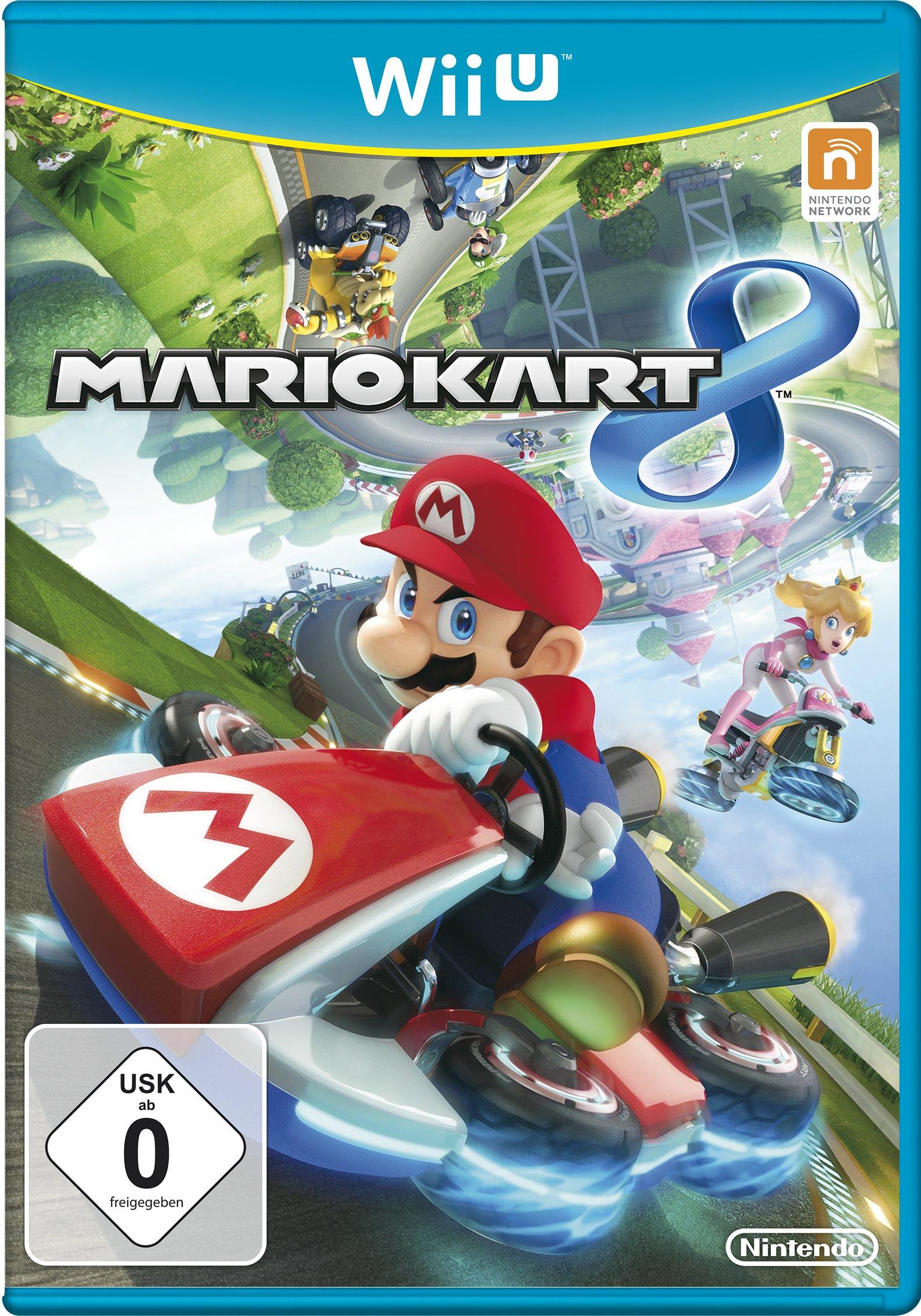
Nintendos Mario Kart Pricing from a Business Perspective
Nintendo’s pricing decision for its latest Mario Kart game has sparked a heated debate among gamers and industry analysts. From a business perspective, the $80 price tag can be broken down into several key factors.
- Development costs: The game’s development costs, including the salaries of the developers, designers, and testers, are a significant contributor to its final price.
- Research and development: The R&D costs associated with creating new features, tracks, and characters also play a crucial role in determining the game’s price.
- Marketing and advertising: The cost of promoting the game through various channels, including social media, television, and online advertising, adds to the final price.
While some gamers may perceive the $80 price tag as excessive, it’s essential to consider the value that the game offers. Mario Kart is a premium gaming experience that provides hours of entertainment for gamers of all ages. The game’s pricing can be compared to other popular titles in the market, as shown in the table below:
| Game Title | Price (USD) | Platform |
|---|---|---|
| Mario Kart | $80 | Nintendo Switch |
| Gran Turismo 7 | $70 | PlayStation 5 |
| Forza Horizon 5 | $60 | Xbox Series X/S |
From this perspective, the $80 price tag for Mario Kart is not out of line with other premium gaming titles in the market.
How to Choose Games Based on Your Budget
Setting a Budget and Sticking to It
When it comes to choosing games, setting a budget is essential. Before you start browsing for new titles, take some time to consider how much you’re willing to spend. Think about your current financial situation, your gaming needs, and your entertainment priorities. Here are some factors to consider:
- What type of games do you want to play?
- How often do you play games?
- Do you have a gaming console or a gaming PC?
- What’s your average monthly entertainment budget?
Games at Different Price Points
Once you have a budget in mind, it’s easier to narrow down your options. Some games are quite expensive, while others can be very affordable. Here’s a rough idea of what you can expect to find at different price points:
| Price Range | Description | Example Games |
|---|---|---|
| $0 – $10 | Indie games, app store games, and some classics | Among Us, Minecraft, Monument Valley |
| $10 – $30 | Mid-range games, sometimes with online multiplayer | Overcooked 2, Rocket League, Celeste |
| $30 – $60 | AAA games, sometimes with season passes or DLC | The Last of Us Part II, God of War, Red Dead Redemption 2 |
| $60 – $80+ | Premium games, collector’s editions, or games with exclusive content | Mario Kart, The Elder Scrolls Online, Final Fantasy XV |
Gaming Companies Must Strive for Fair Pricing
The $70 video game price point has long been a contentious issue, with some companies charging even more for special editions or games with online components. In an era where game development costs continue to skyrocket and companies seek to maximize profits, game prices seem to be creeping up. While Nintendo’s recent $80 listing for Mario Kart may have sent shockwaves through the gaming community, an industry-wide trend of fair pricing is essential for maintaining consumer trust and loyalty.
Fair pricing benefits not only consumers but also the gaming industry as a whole. When companies prioritize affordability, they can foster a loyal customer base and create a competitive advantage in the market. Unfairly high prices, on the other hand, can lead to customer frustration and resentment, ultimately harming a company’s reputation and long-term profitability. In a highly competitive gaming landscape, setting a fair price point demonstrates a company’s understanding of the market dynamics and its commitment to maintaining consumer satisfaction.
| Pricing Strategies in the Gaming Industry | |
| Dynamic Pricing | Adjusting prices based on demand and market conditions |
| Premium Pricing | Charging higher prices for exclusive games or editions |
| Penetration Pricing | Setting lower initial prices to attract new customers and build market share |
A more nuanced approach to game pricing considers various factors, including game development costs, market conditions, consumer expectations, and competition. To strike the right balance, companies must use various pricing strategies, as highlighted above.
In Retrospect
As the Mario Kart debate shifts into high gear, one thing is clear: the gaming landscape is evolving, and the price tag that comes with it is sparking a heated discussion. While Nintendo’s stance may alleviate some concerns, only time will tell if the $70 game standard will be the norm or if prices will continue to accelerate. One thing is for certain – gamers will be cheering for their wallets, as well as their favorite characters, as they take to the track in the world of Mario Kart. The question now is, will the industry follow Nintendo’s cautious approach, or will we see a speeding bullet of higher prices in the near future?

